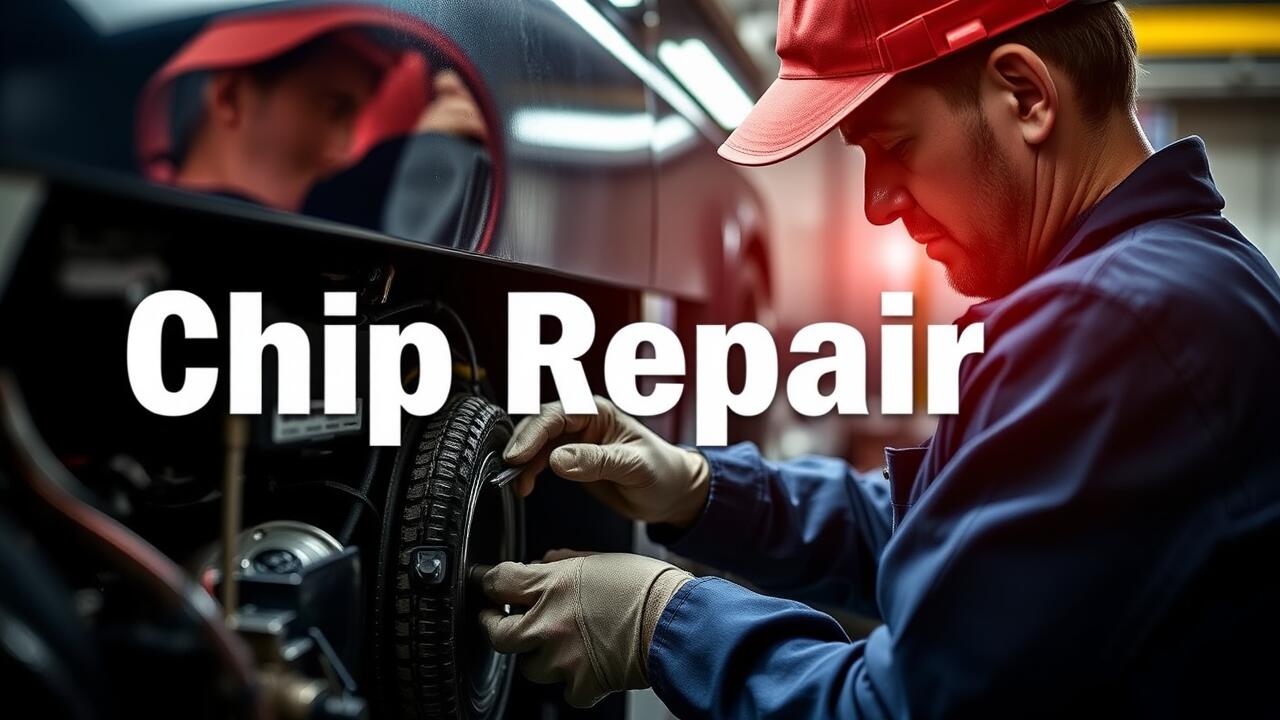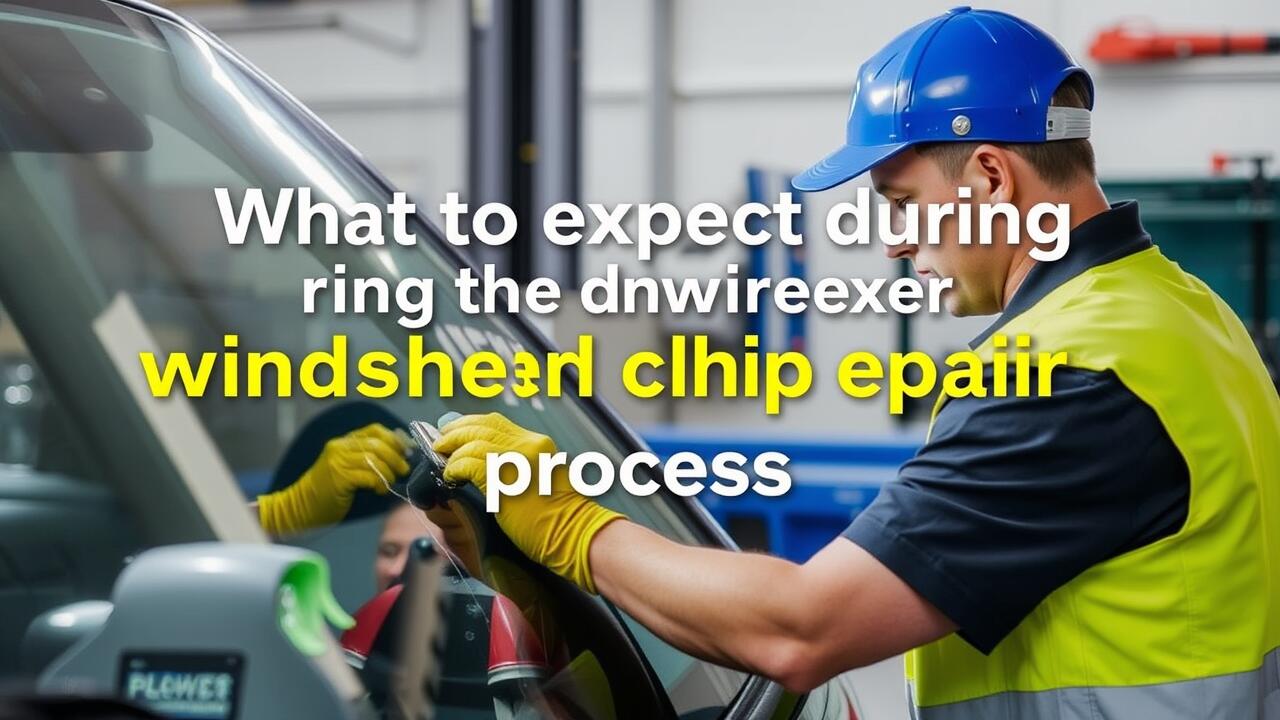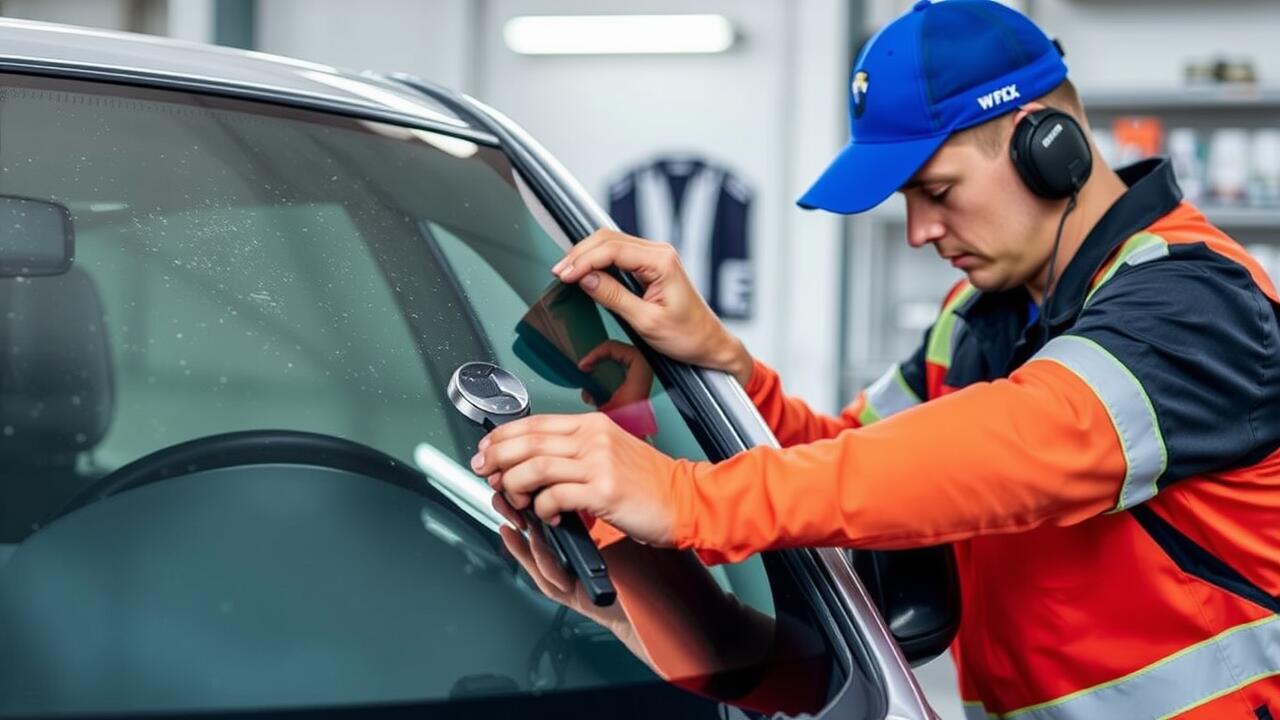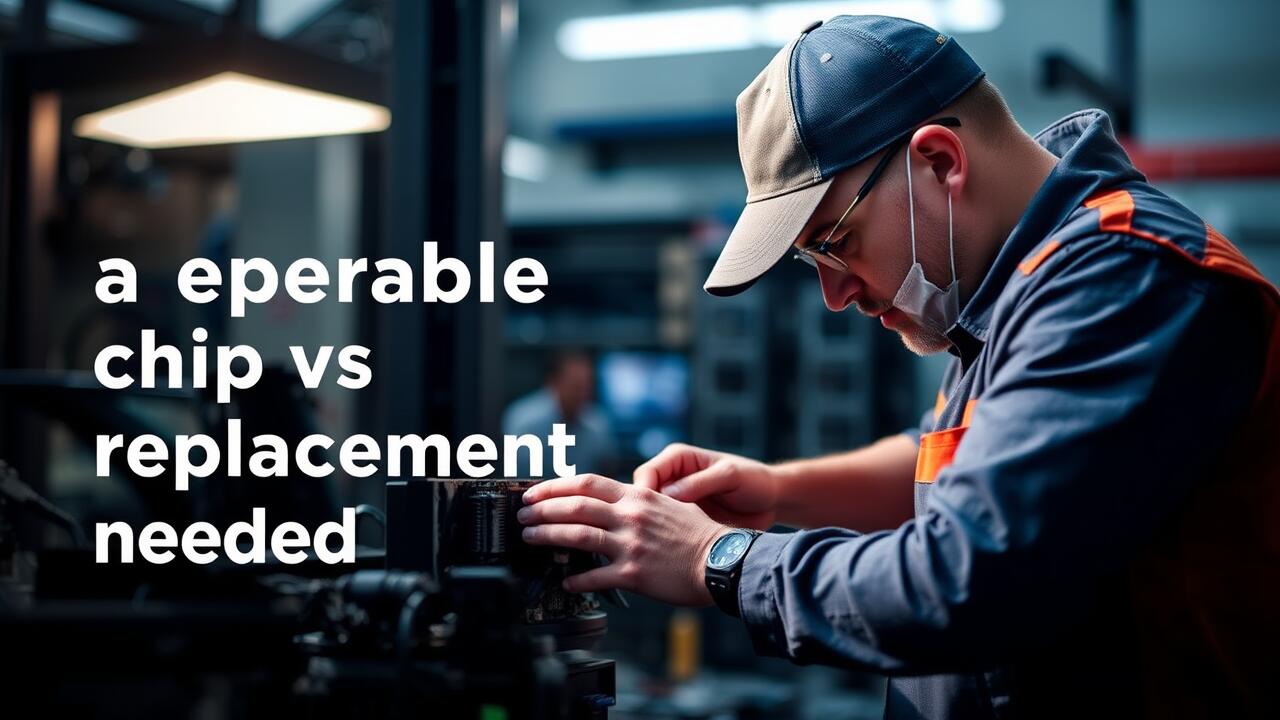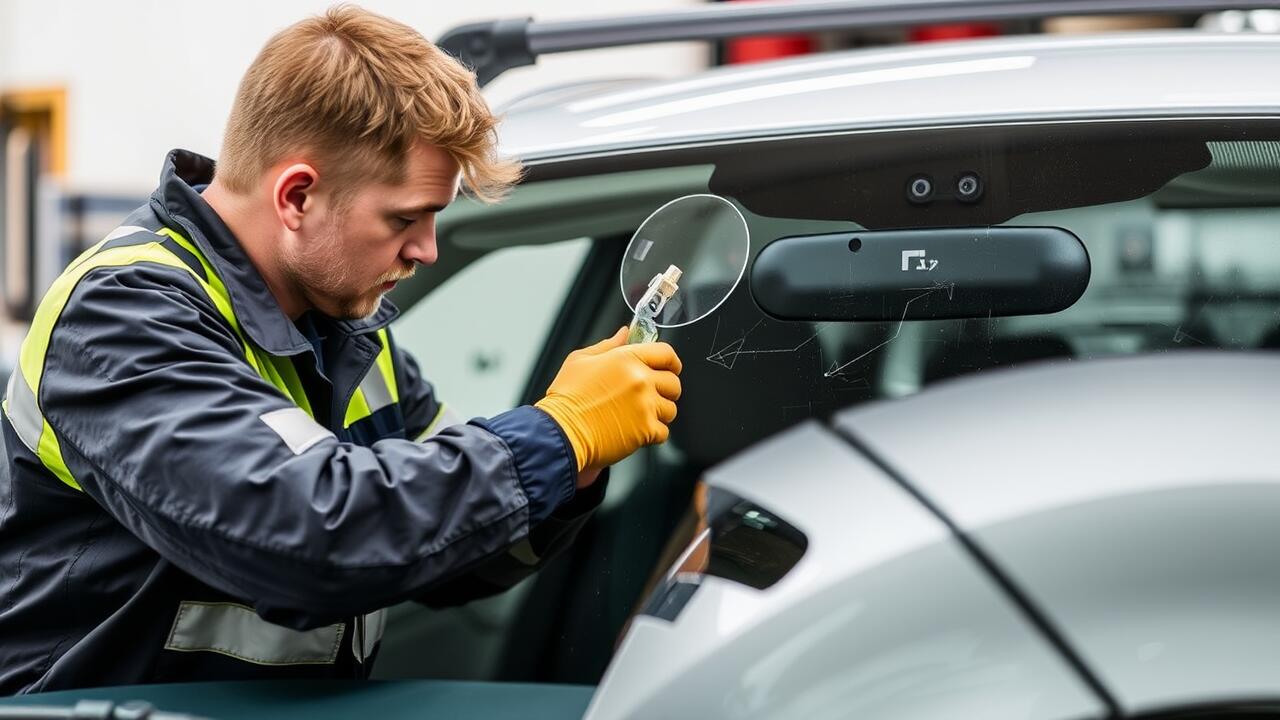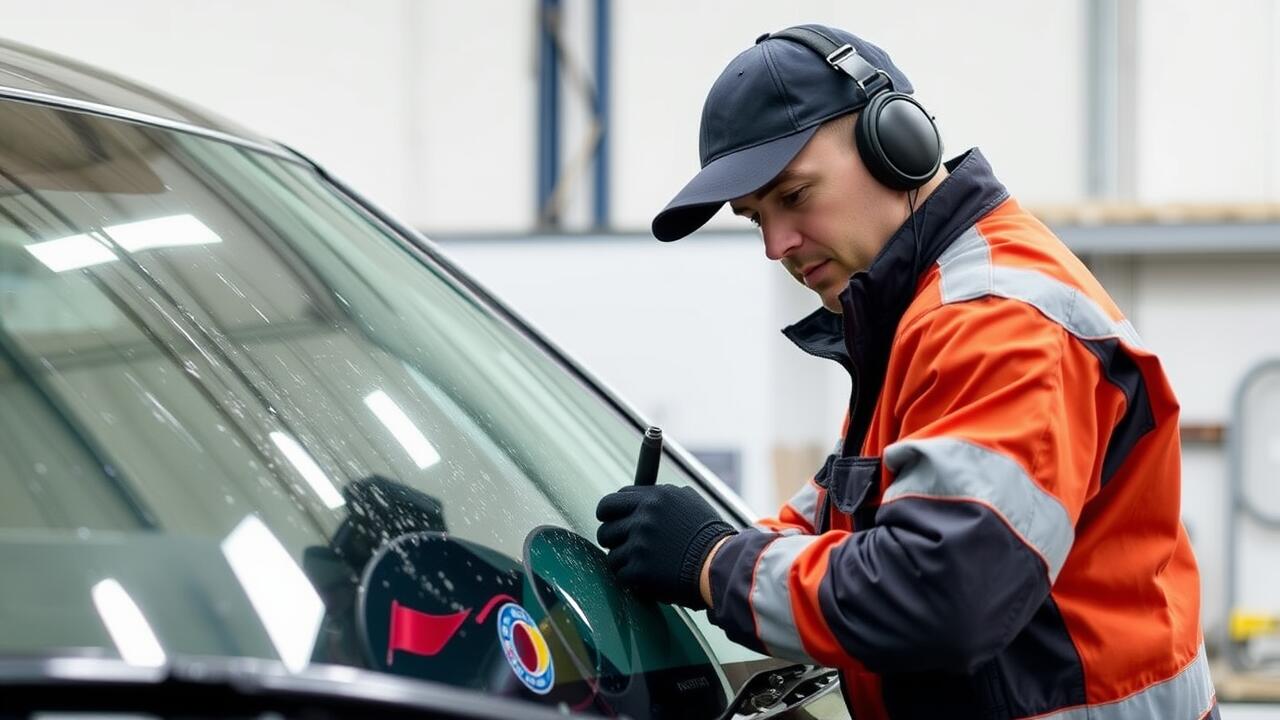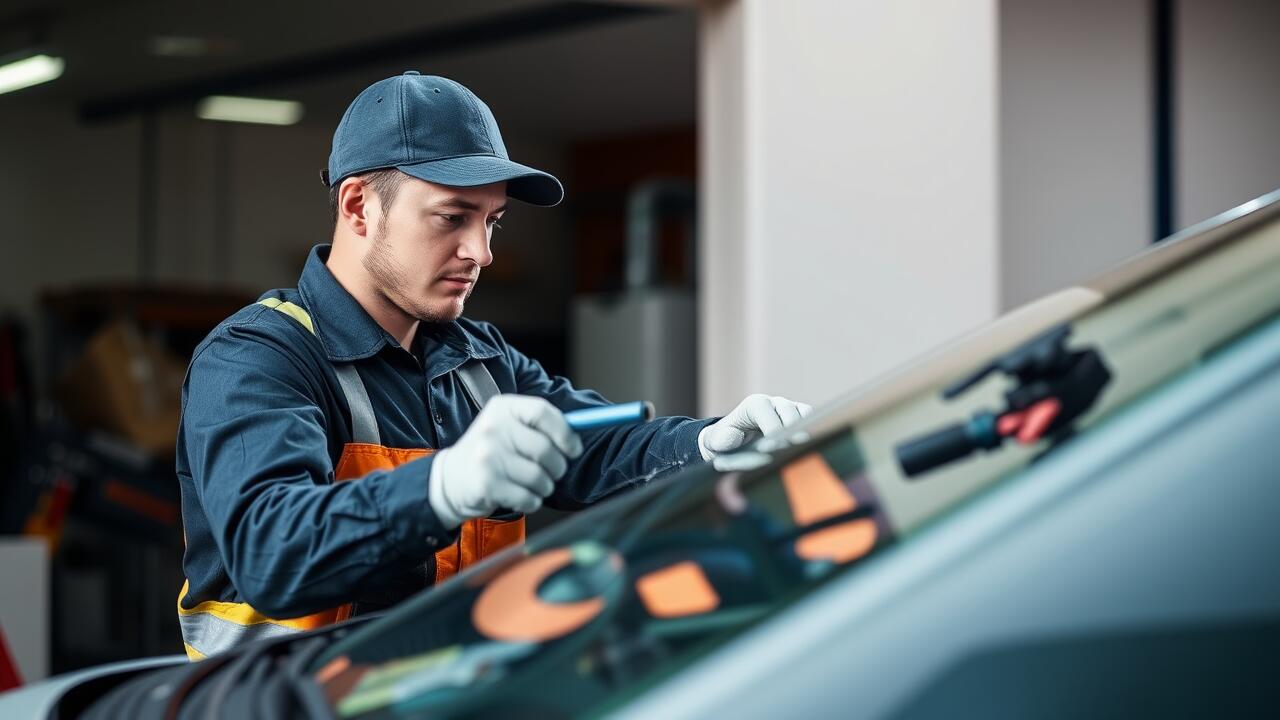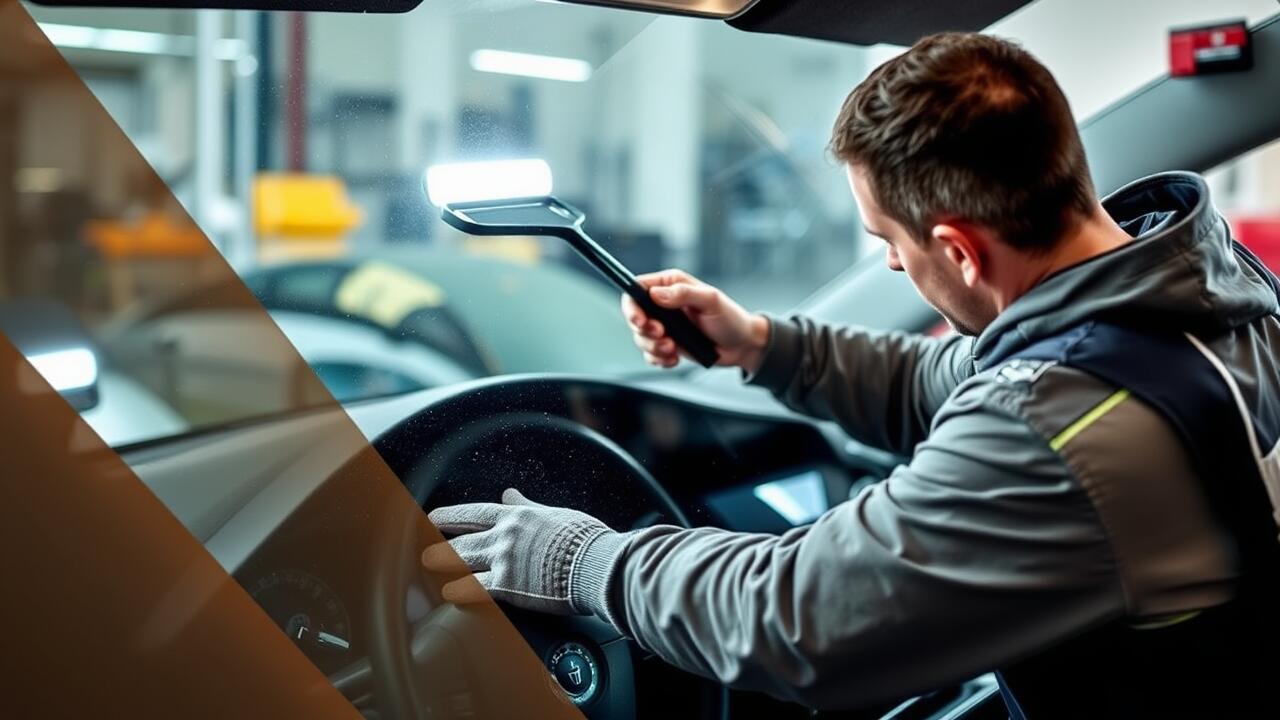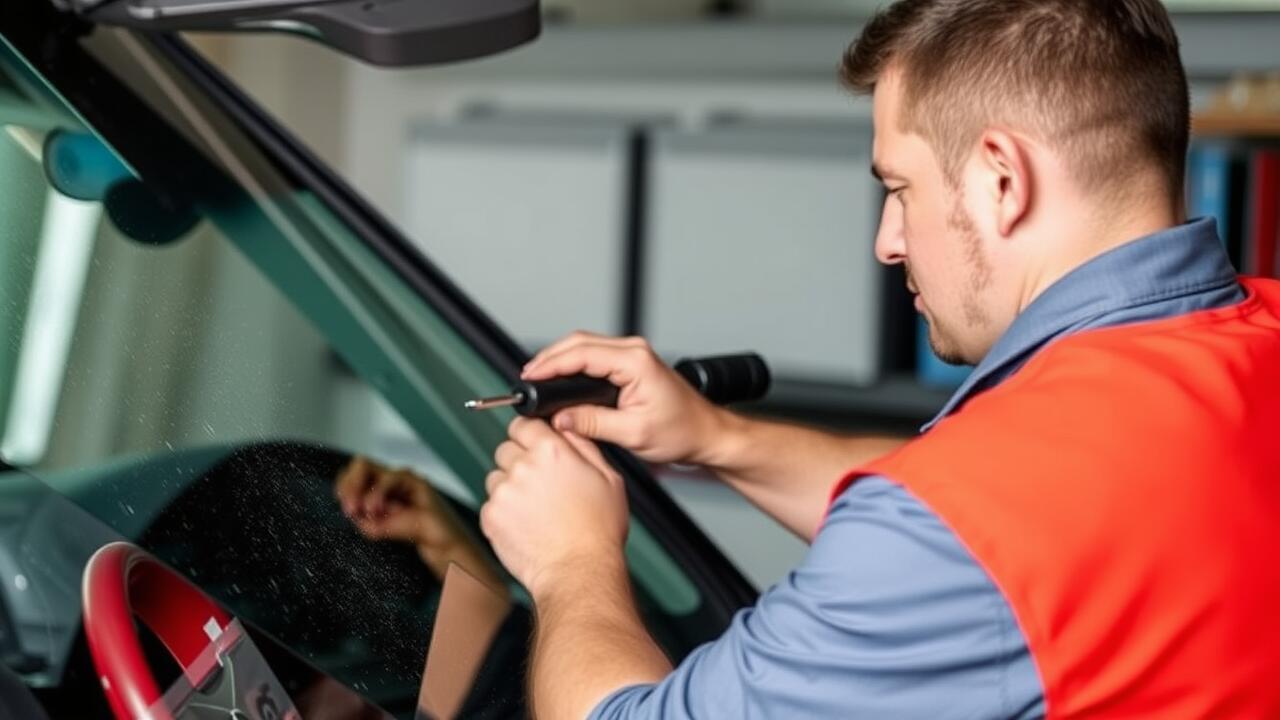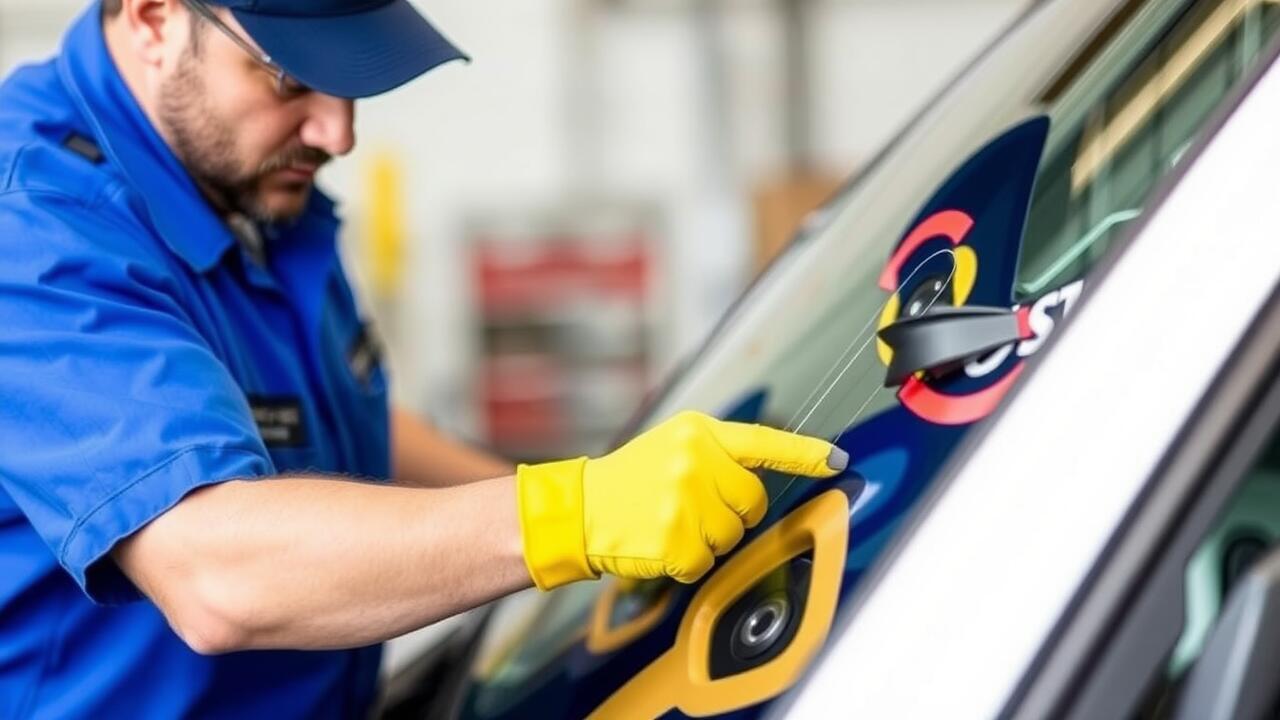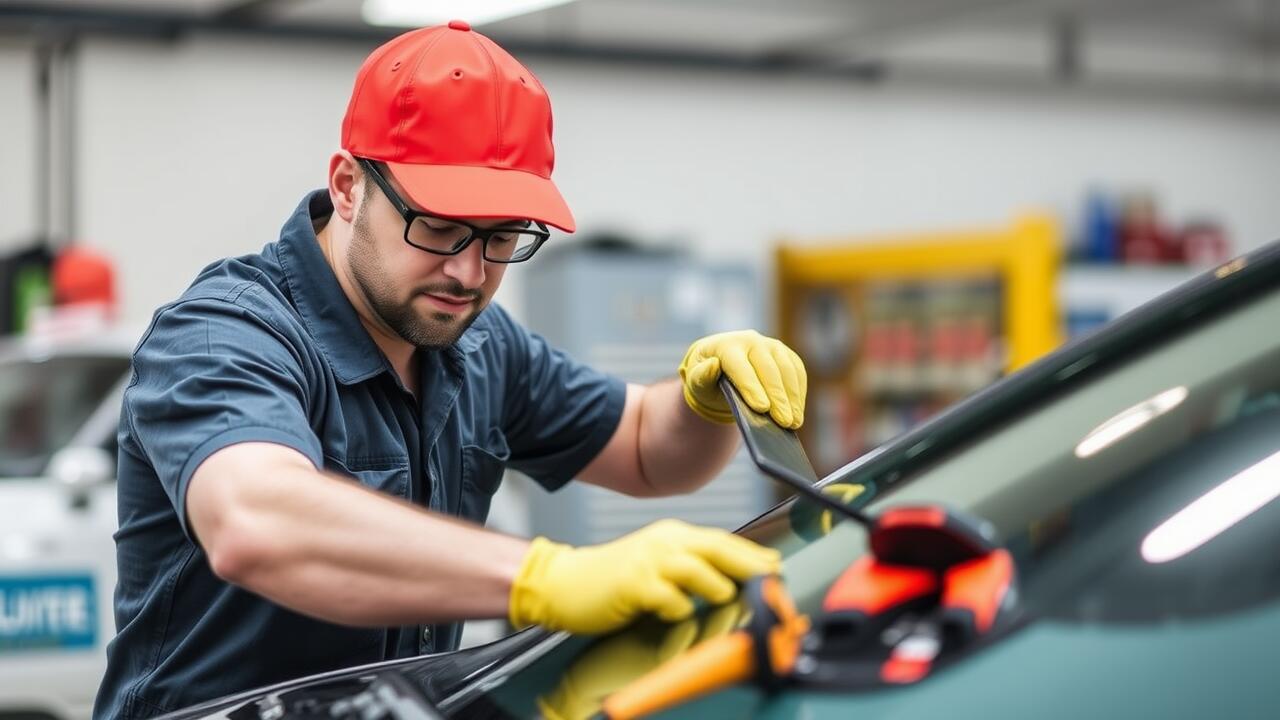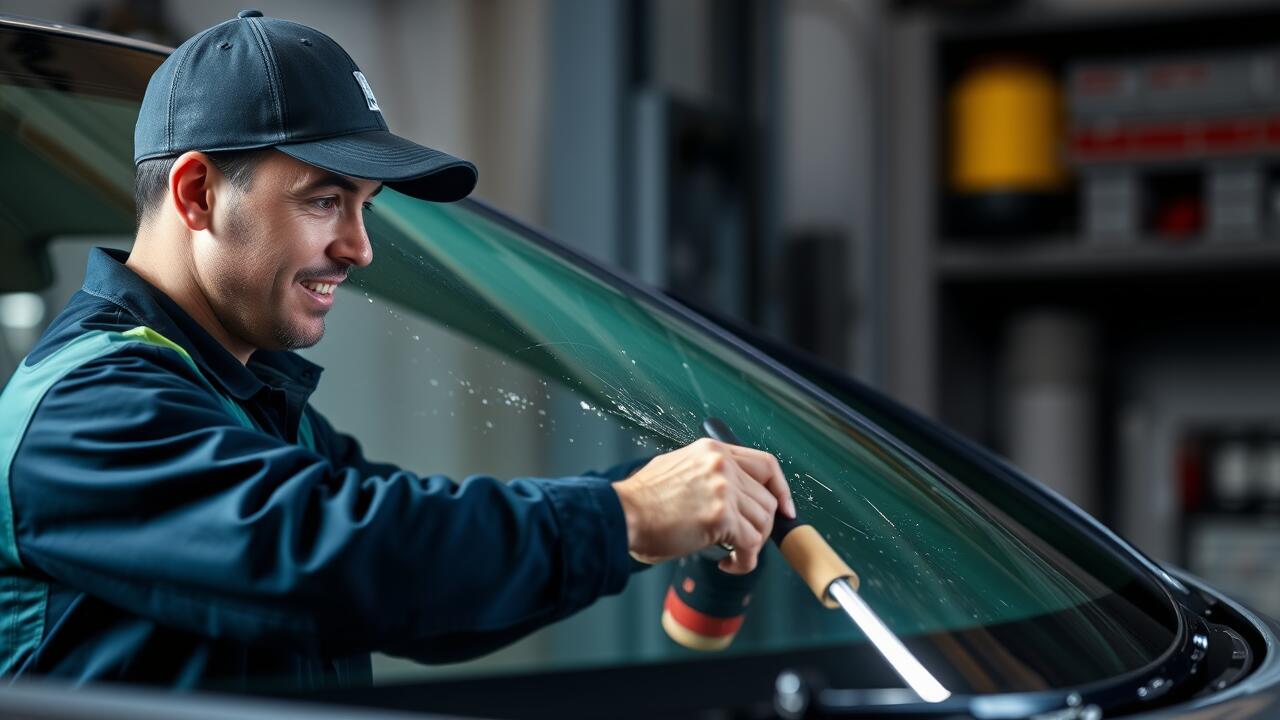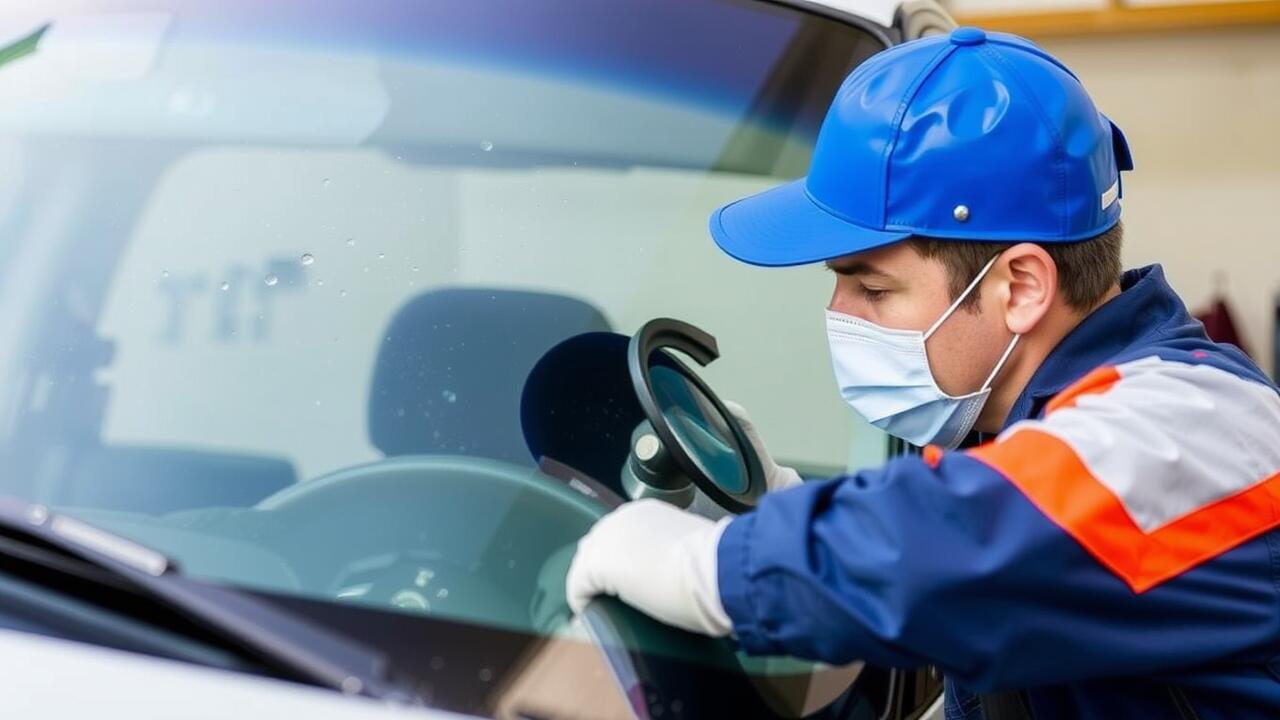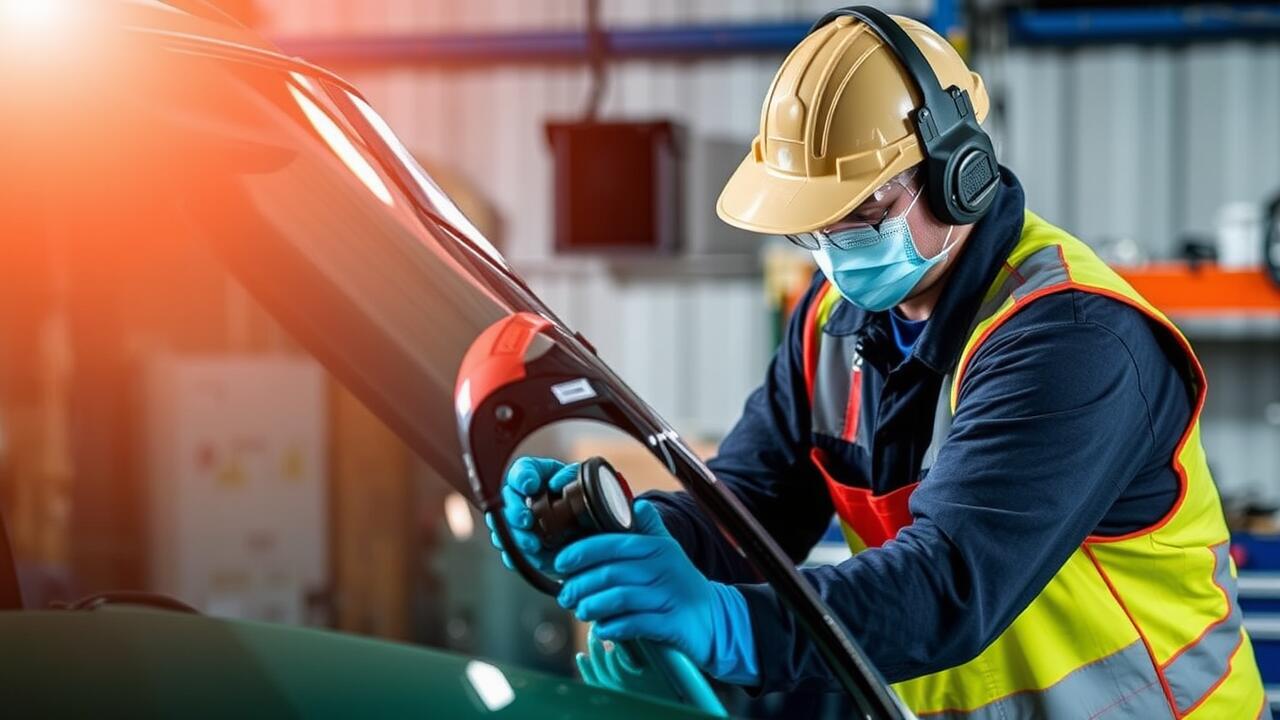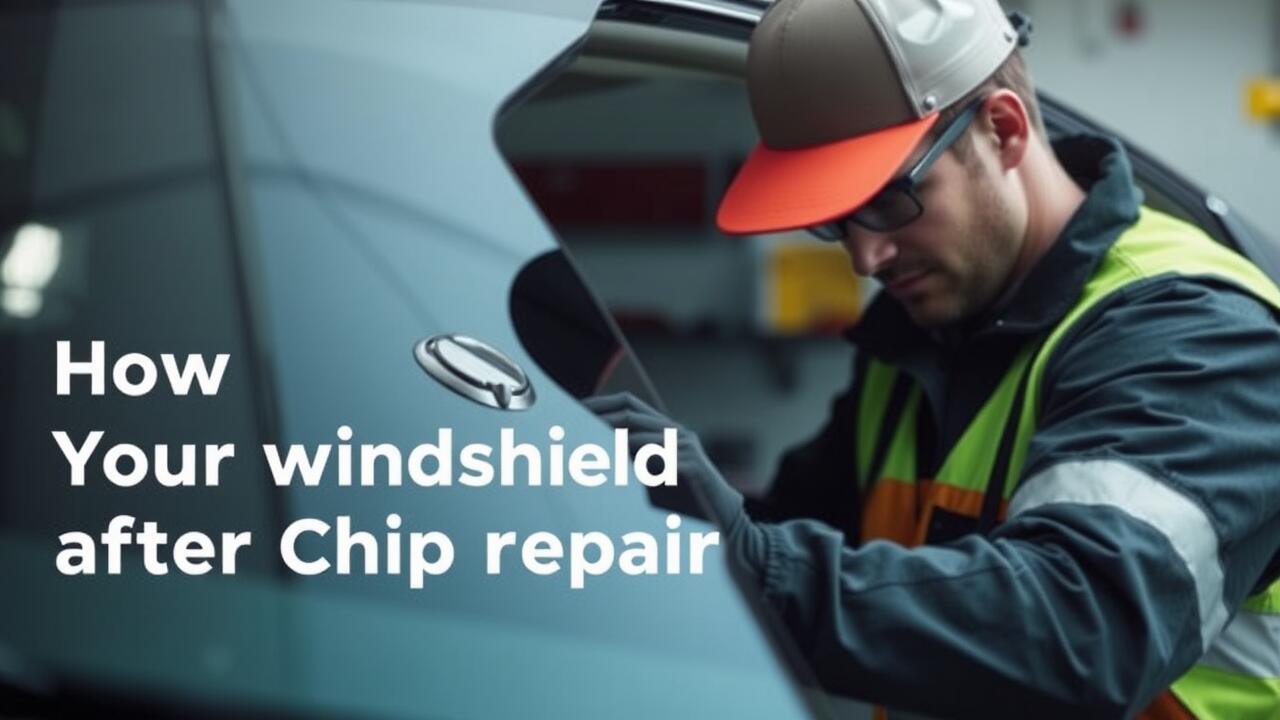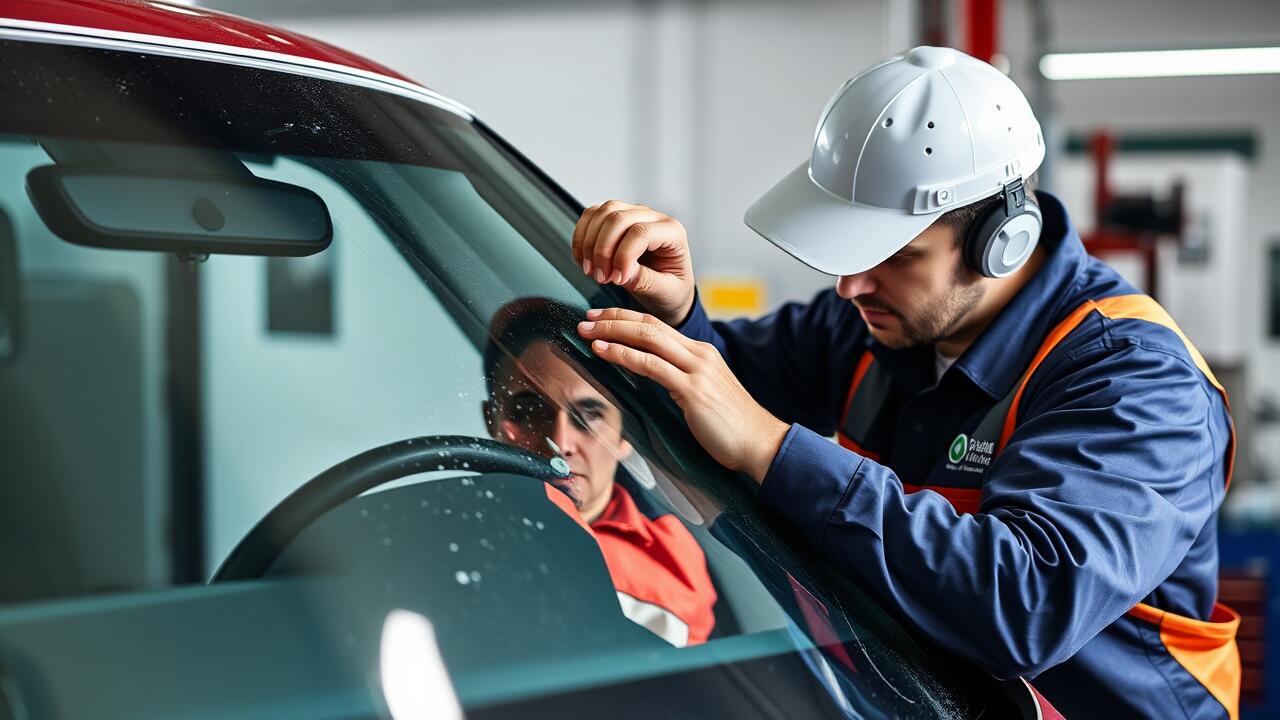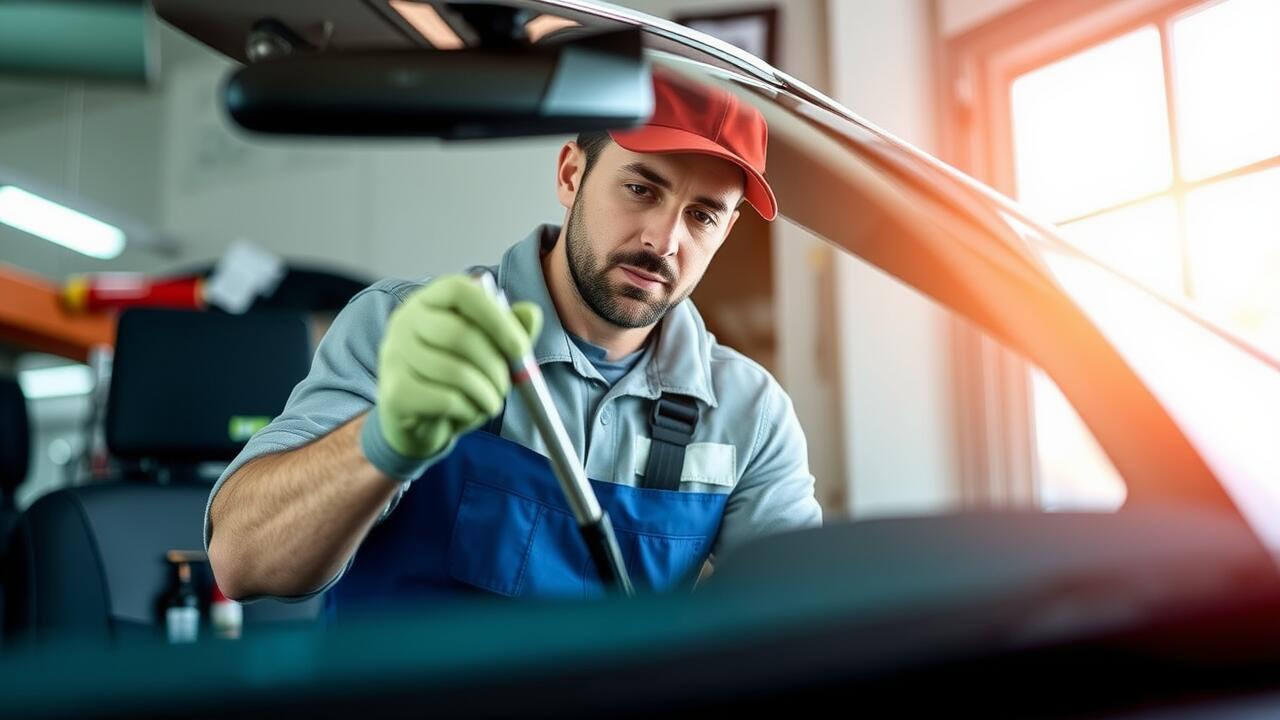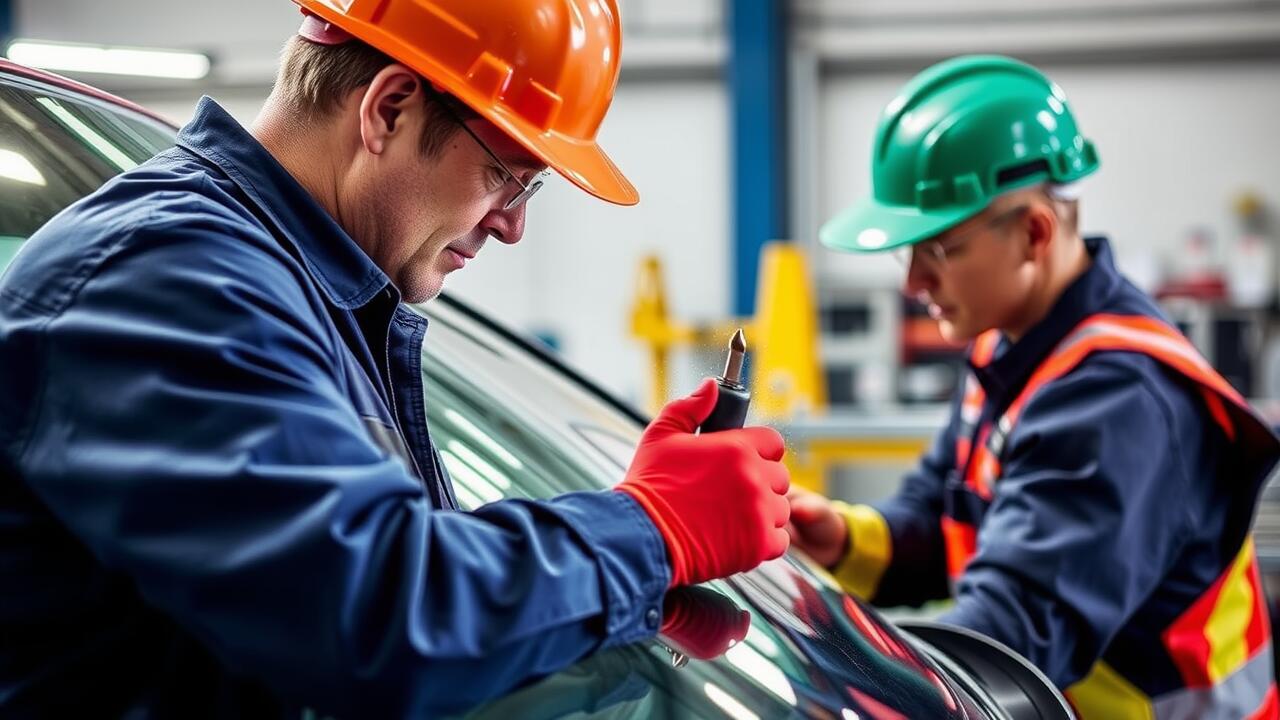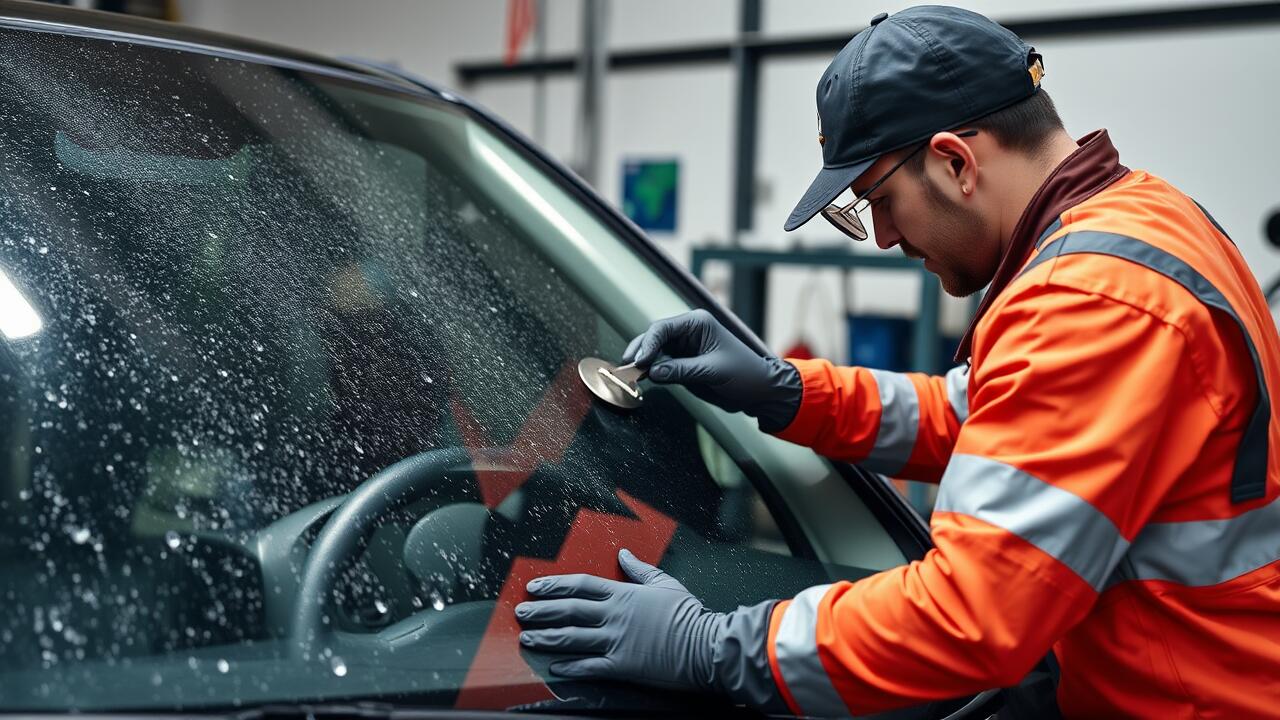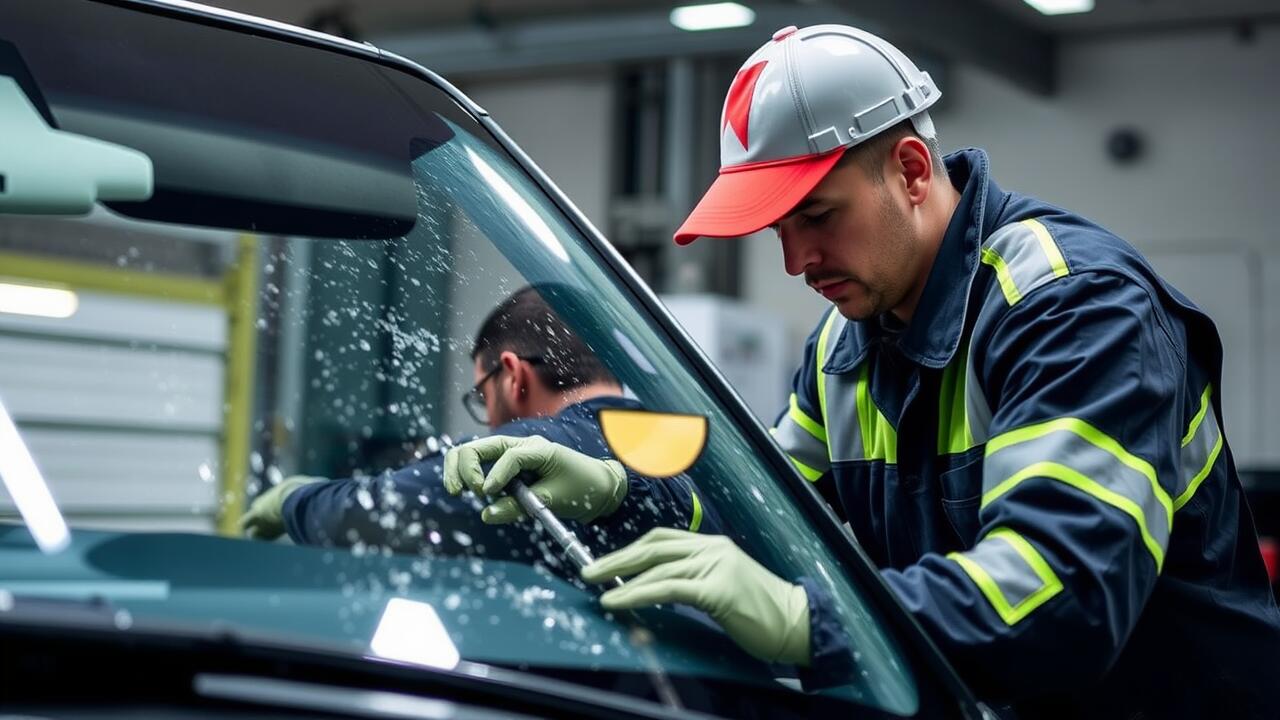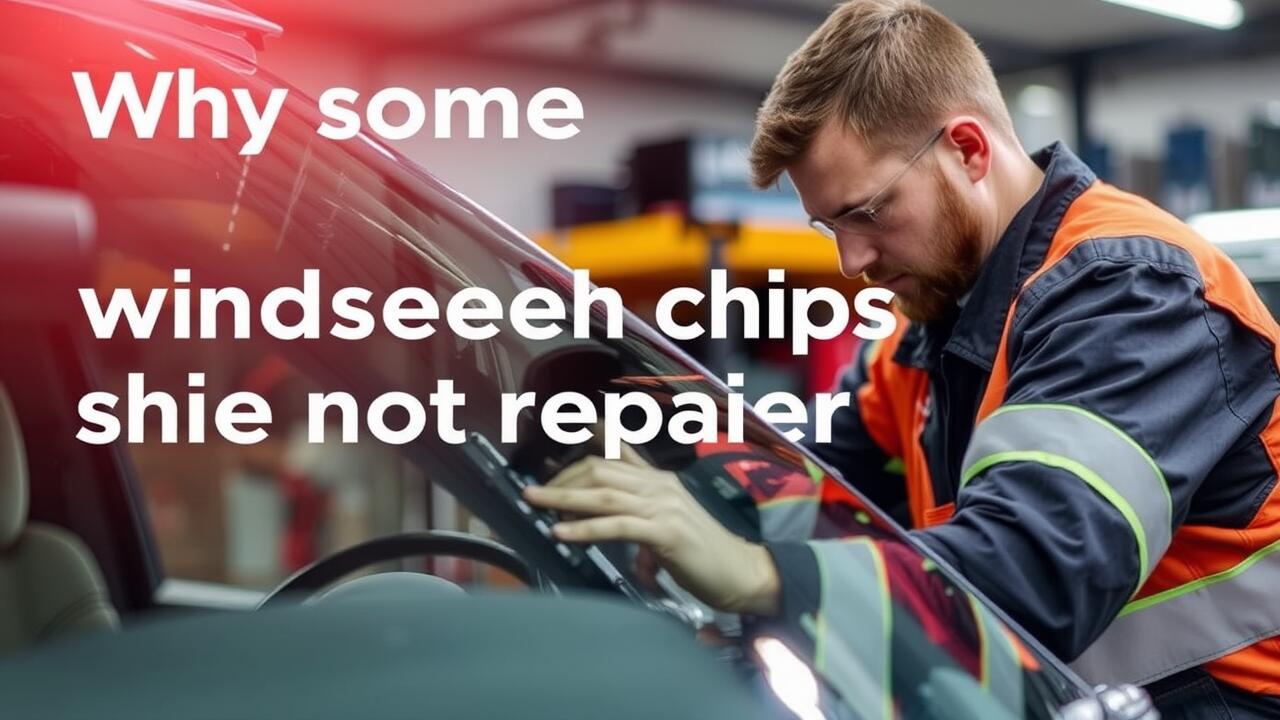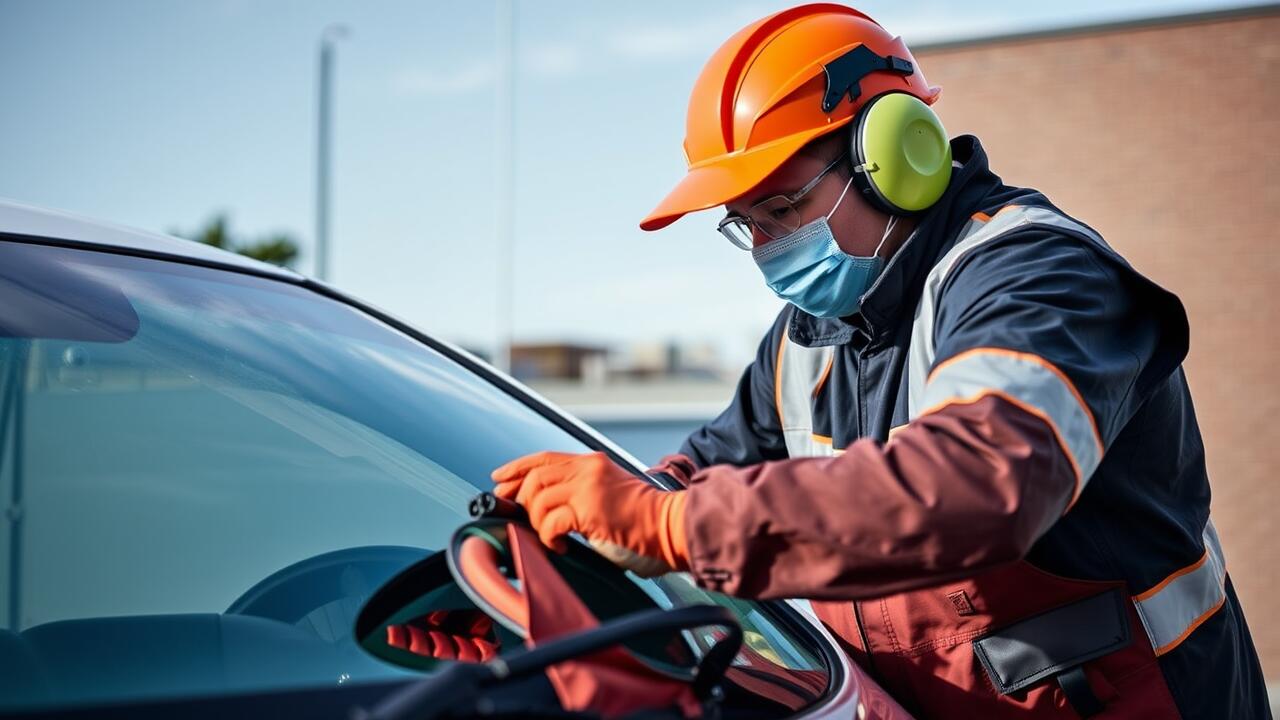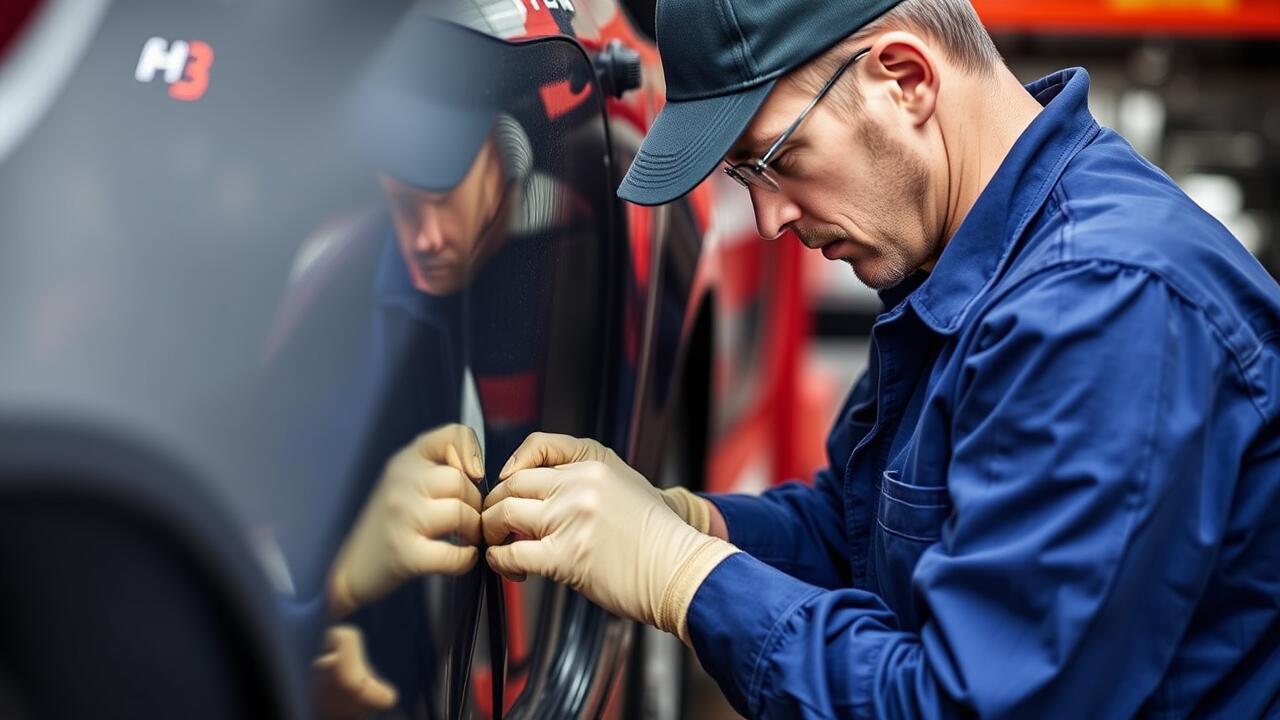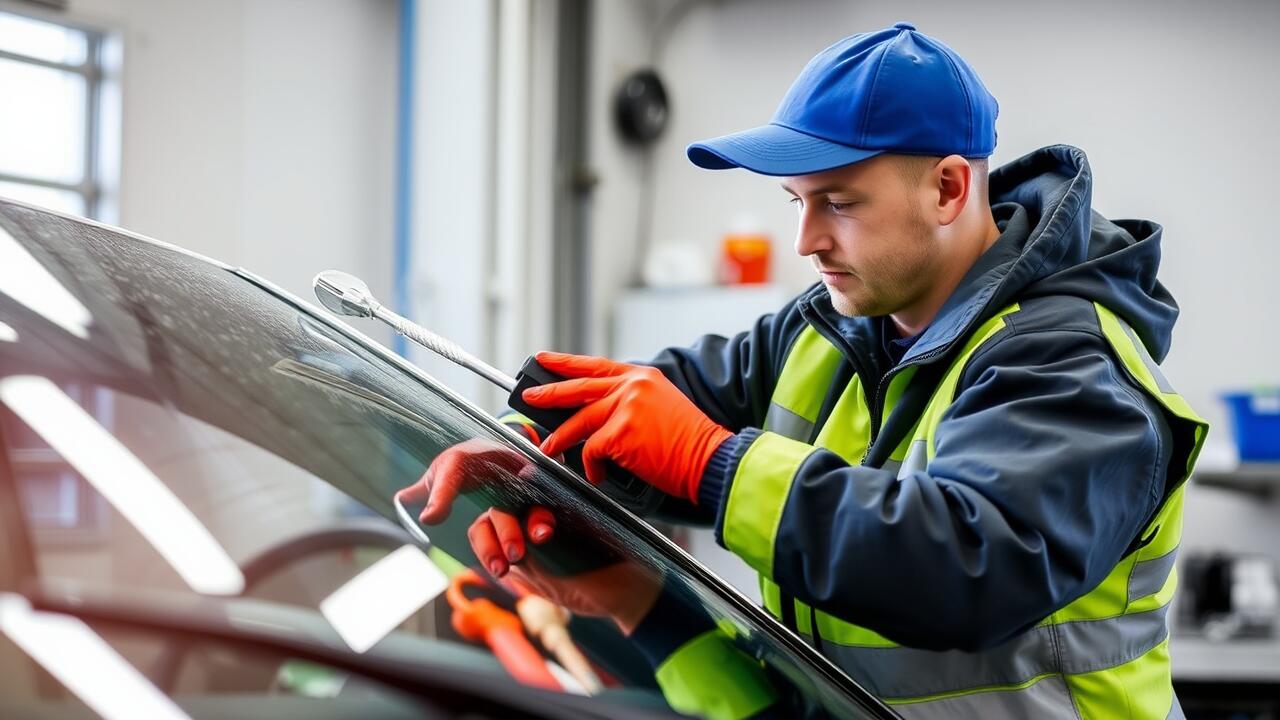
Table Of Contents
DIY vs. Professional Repairs
Many car owners consider DIY solutions for chip repair to save time and money. Various kits claim to provide an easy fix for minor chips and cracks. Following instructions closely can yield satisfactory results for small blemishes. However, these kits often lack the professional-grade resin and equipment found in specialized repair shops, which can make a significant difference in the outcome.
Professional repairs offer a higher level of expertise and typically come with warranties. Trained technicians can assess the damage more accurately, ensuring that the chip repair process addresses all underlying issues. While the initial investment might be higher, the assurance of proper treatment and better long-term results often outweighs the cost of DIY attempts.
Can You Successfully Repair a Chip Yourself?
Many vehicle owners consider the option of performing a DIY chip repair in an effort to save money. Various kits are available on the market that claim to provide an effective solution for minor chips. These kits usually include resin and tools designed for injecting the resin into the chip. However, the effectiveness of these kits can vary greatly and often depends on the severity and location of the chip.
While some smaller chips might yield satisfactory results with a DIY approach, not all chips respond well to home repairs. Factors such as the size of the chip, whether it penetrates through the glass, and its location on the windshield can influence the overall success of the repair. In many cases, professional chip repair services ensure that the job is done correctly, restoring the integrity and clarity of the windshield, something DIY kits may struggle to achieve.
Repair Limitations
Chips in a windscreen can often seem minor, but not all of them are candidates for repair. Chip Repair is generally most effective for smaller damages that don't impair visibility. If a chip extends beyond a certain size or if it has penetrated multiple layers of glass, the repair may not be feasible. Technicians assess factors like the chip's dimensions, location, and the type of damage to determine whether a repair can restore the integrity of the glass.
Certain types of chips present specific challenges. For instance, star-shaped chips or long cracks typically exceed the boundaries set for effective Chip Repair. Repairs on certain areas of the windscreen, like where the driver's field of vision is crucial, are also more stringent due to regulatory standards. In these cases, replacement of the entire windscreen may be the only safe option.
Are There Certain Chips That Cannot Be Repaired?
While many chips can be easily repaired, there are specific types that may not be suitable for chip repair. For instance, deep cracks that extend beyond certain lengths or those that are located at the edges of the windscreen pose a challenge. Such damage can compromise the glass’s structural integrity, making it unsafe to restore. Additionally, if the chip has significantly contaminated with dirt or moisture, the effectiveness of chip repair becomes questionable.
In some cases, the size of the chip also plays a crucial role in determining whether repair is feasible. Generally, chips larger than a quarter or those with multiple fractures are often considered beyond repair. These limitations exist to ensure the safety and functionality of the windscreen after repair work. Therefore, recognizing the type and extent of damage can help vehicle owners make informed decisions regarding chip repair.
Effects on Vehicle Safety
Windscreen chips may seem minor, but their impact on overall vehicle safety can be significant. Drivers often underestimate how even small imperfections in the glass can affect visibility, especially during harsh weather conditions. This lack of clarity can lead to dangerous situations, making timely intervention crucial. A proper chip repair addresses these visibility issues, helping maintain a clear line of sight for the driver.
Moreover, a damaged windscreen can affect the structural integrity of a vehicle. In the event of an accident, a compromised windshield may not provide adequate support to the car's frame. This can result in more severe injuries for passengers when the vehicle experiences impact. Timely chip repair ensures that the windscreen maintains its strength, contributing to the overall safety of everyone inside the vehicle.
Do Chips Compromise Vehicle Structural Integrity?
Chips in a windscreen can raise concerns about vehicle safety and integrity. However, most small chips do not compromise the structural integrity of the vehicle. Modern windshields are designed to withstand various stresses and provide essential support to the frame of the car. A properly conducted Chip Repair minimizes the risk of further damage and helps maintain the integrity of the windshield.
In instances where the chip is extensive or located in a critical area, the risks increase. Larger or multiple chips can weaken the glass, potentially affecting its performance in an accident. Therefore, timely Chip Repair is crucial to prevent such complications. Addressing chips early on can help ensure that the vehicle remains safe to drive and retains its structural strength.
FAQS
Can I repair a windscreen chip myself?
While some DIY kits are available, professional repairs are generally recommended for better safety and effectiveness.
Are there types of chips that cannot be repaired?
Yes, chips that are too large, located at the edge of the windscreen, or if there are multiple cracks may not be repairable.
Do windscreen chips affect the safety of my vehicle?
Yes, chips can compromise the structural integrity of the windscreen, which is crucial for maintaining the vehicle's safety in the event of an accident.
How long does a professional windscreen chip repair take?
Most professional repairs can be completed in about 30 minutes to an hour, depending on the severity of the damage.
Will my insurance cover windscreen chip repairs?
Many insurance policies include coverage for windscreen repairs, but it's best to check with your specific provider to understand your coverage options.
